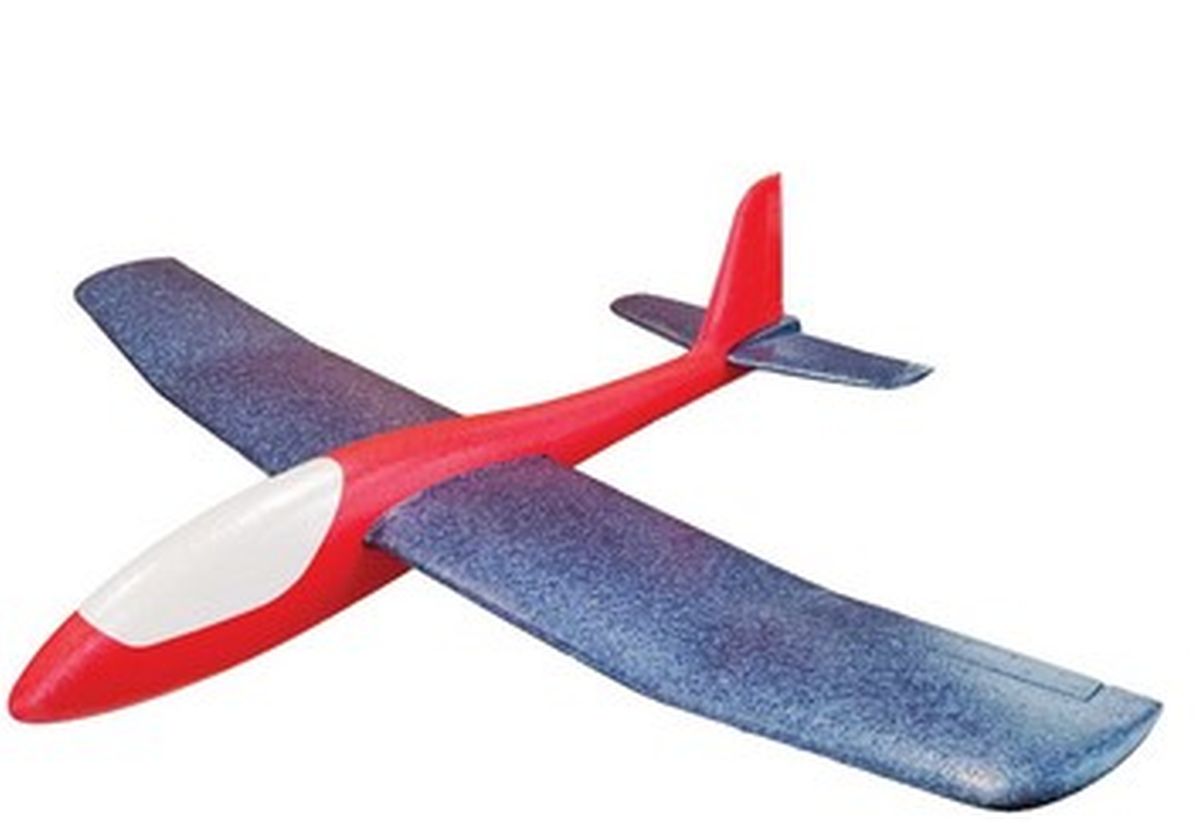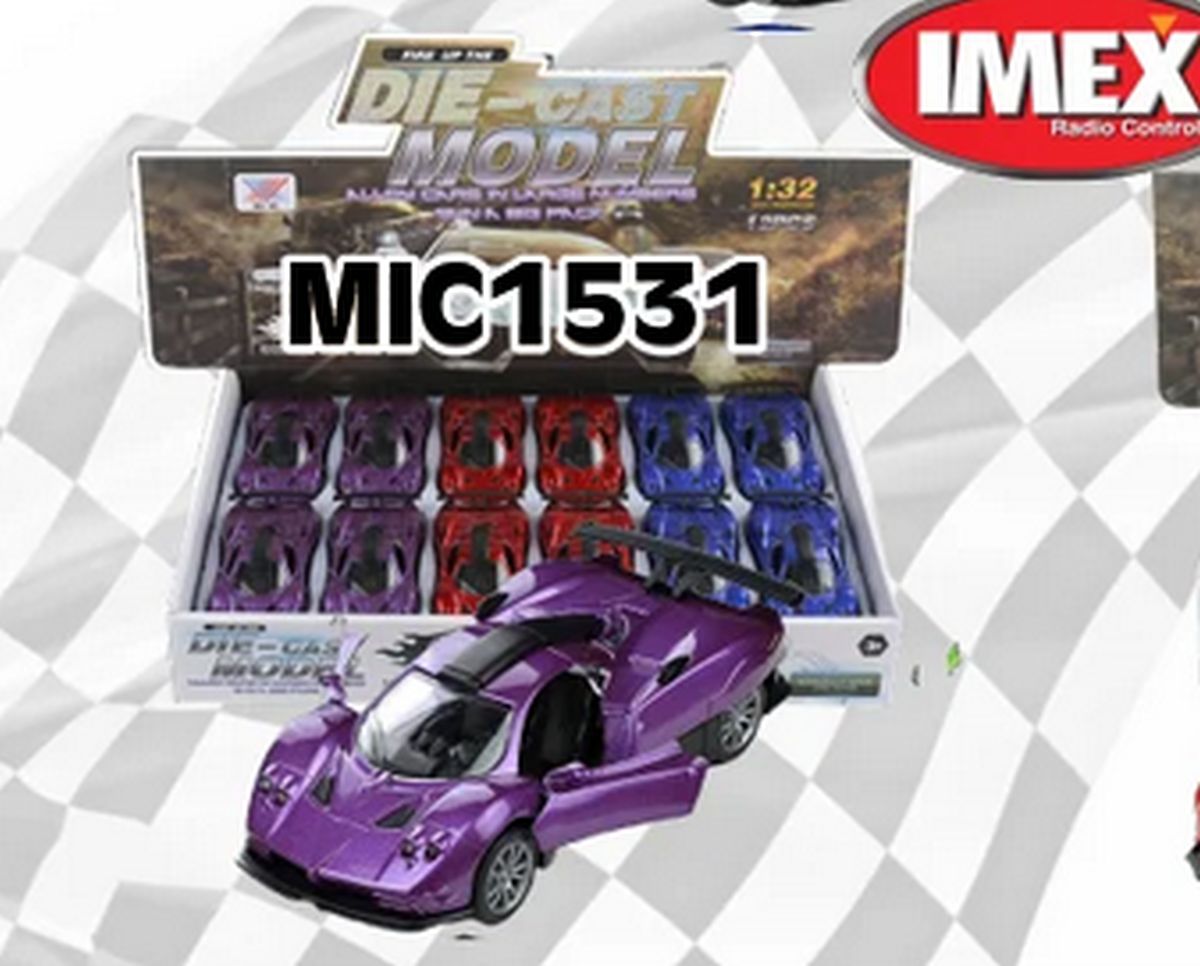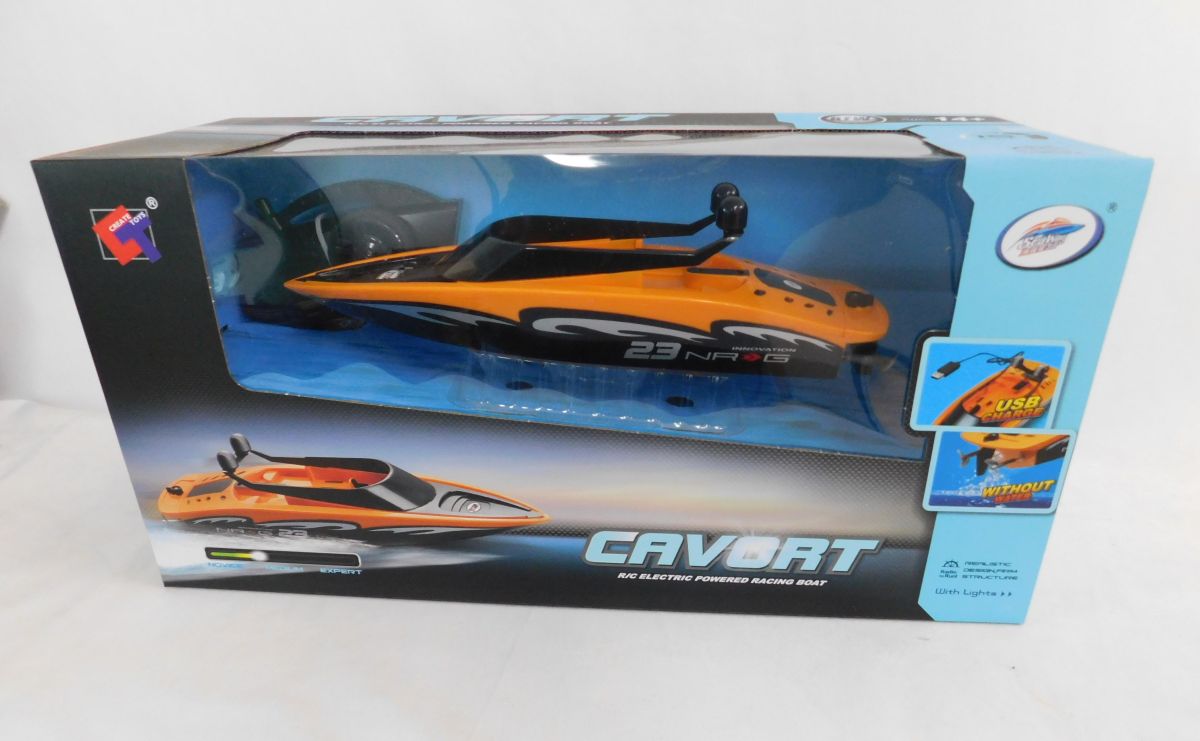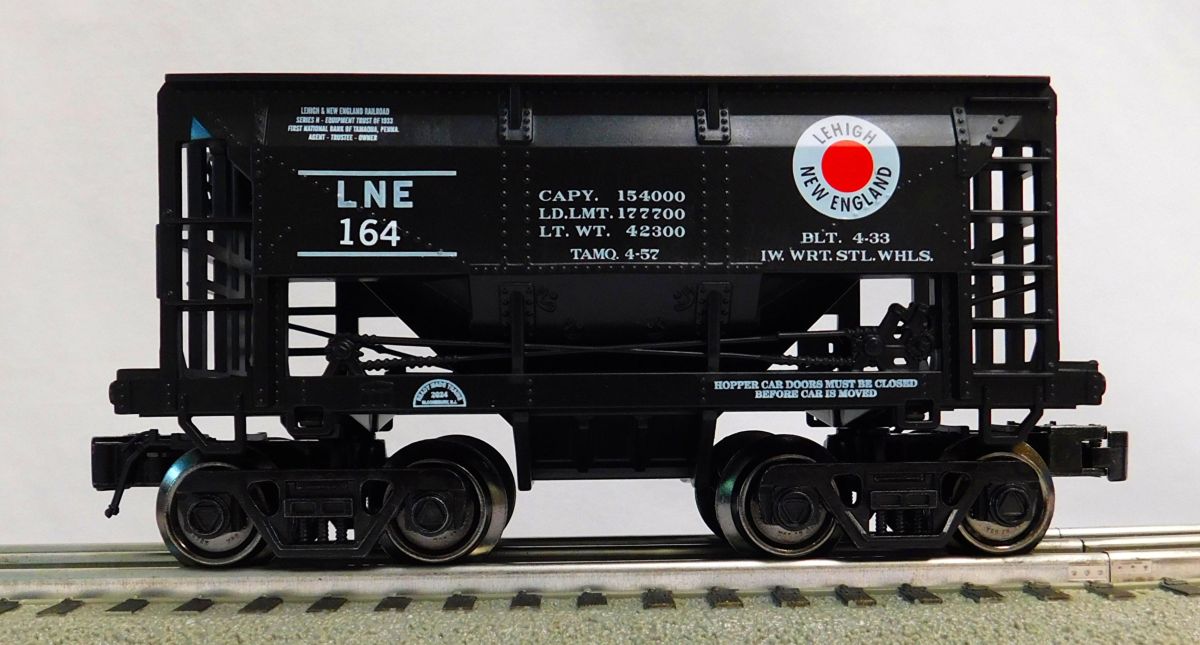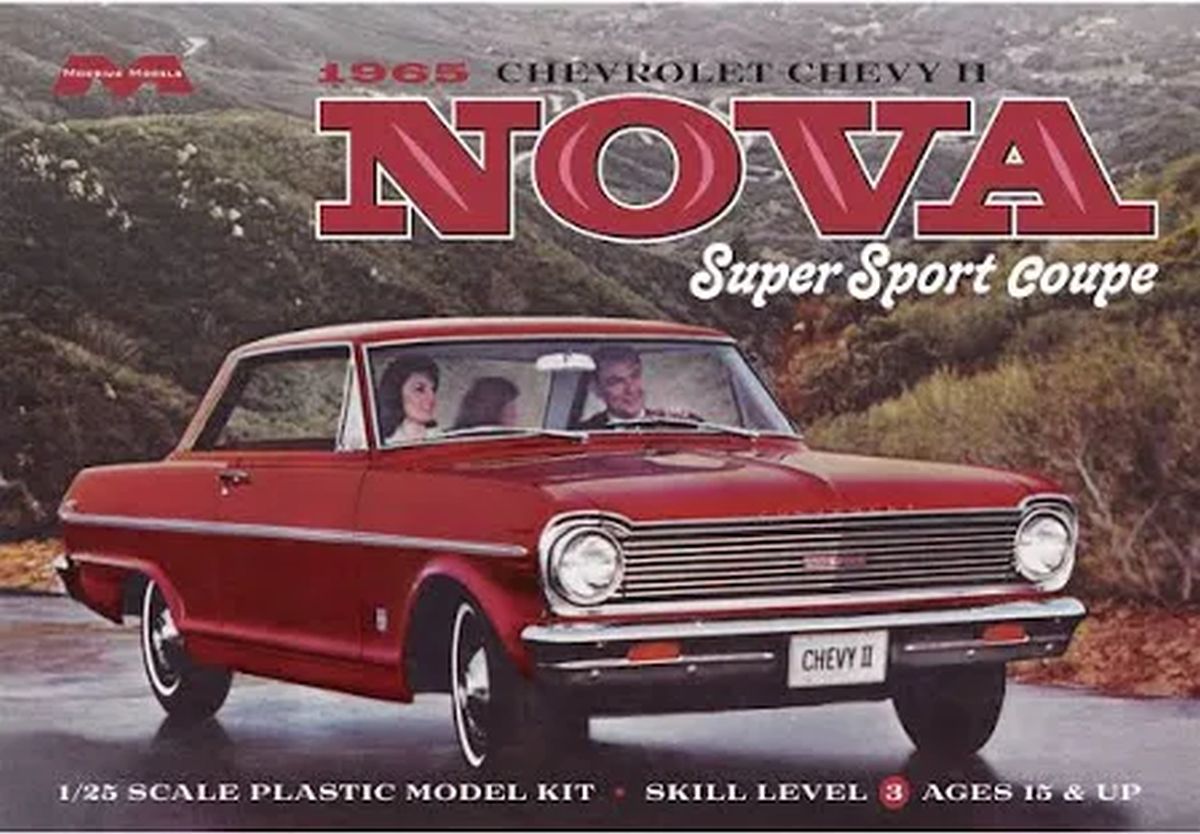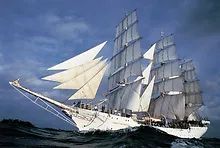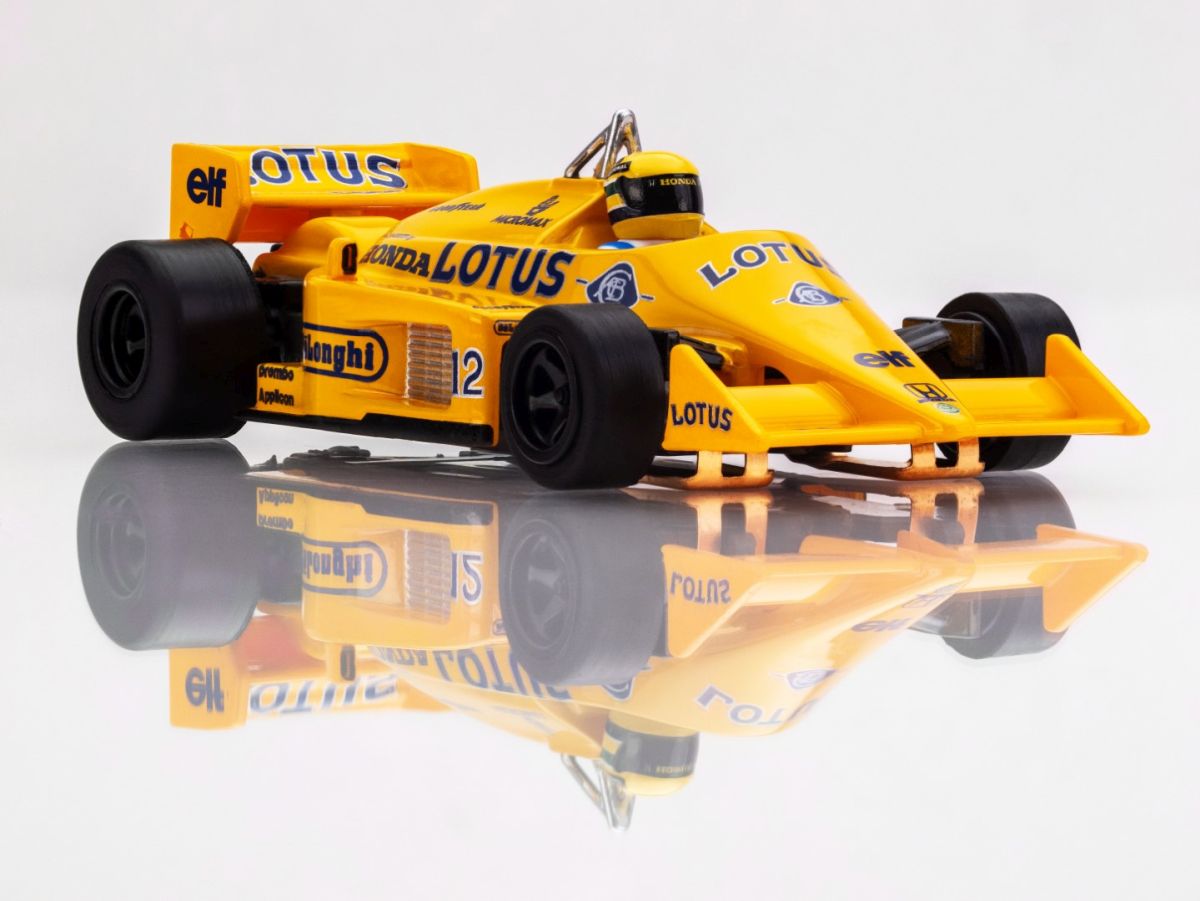
O USRA 4-6-2 Hvy.Pacific Steam Loco MEC #470/3.0
During World War I, Uncle Sam nationalized the railroads when
they proved unequal to the task of moving massive amounts of men and
materiel for the war effort. The agency that ran the trains was the
United States Railroad Administration, or USRA, and one of its chief
accomplishments was the creation of 12 steam engine designs that lasted
for decades. According to the American Society of Mechanical Engineers,
USRA locomotives were “the first successful standardization
of American motive power” — and the only standard
designs until the diesel era.
In the World War I period, the 4-6-2 Pacific was the favored mainline
passenger engine in relatively level territory, so the USRA designs
included light and heavy 4-6-2s. The heavy version, designed for
trackage that allowed a heavier axle load, was similar in most major
dimensions to the existing Pennsylvania K4s and Chesapeake &
Ohio F-17 Pacifics. Both had been designed around 1913 and were
considered powerful and fast locomotives for their time.
Only 20 government-issue heavy Pacifics were actually built, all of
them going to the Erie Railroad. But like most USRA designs, the heavy
Pacific was so good that a number of railroads ordered copies after
government control ended. The Erie bought 11 more, and at least three
of the most successful heavy Pacifics built in the 1920s were based on
the USRA design: the Baltimore & Ohio P-7d
“President” class, the C&O F-19, and the
Southern Railway Ps-4. A survivor of the latter class resides today in
the Smithsonian Institution’s National Museum of American
History in Washington, D.C., resplendent in the Southern’s
famous green livery with gold striping.
The USRA heavy Pacific returns to the Premier line for 2021, upgraded
with wireless drawbar, steaming quillable whistle, cab-to-tender deck
plate, and additional details (not all details are shown in photos).
Relive the days when these high-stepping Pacifics led mainline
passenger runs, or their later years when they were relegated to local
passenger trains and even freight service.
Did You Know?
William E. Woodard, V.P. of Engineering at Lima Locomotive Works and
one of the designers on the USRA Locomotive Committee, went on to
inaugurate the “Super Power” concept that guided
steam locomotive design from the mid-1920s to the end of the steam era.

